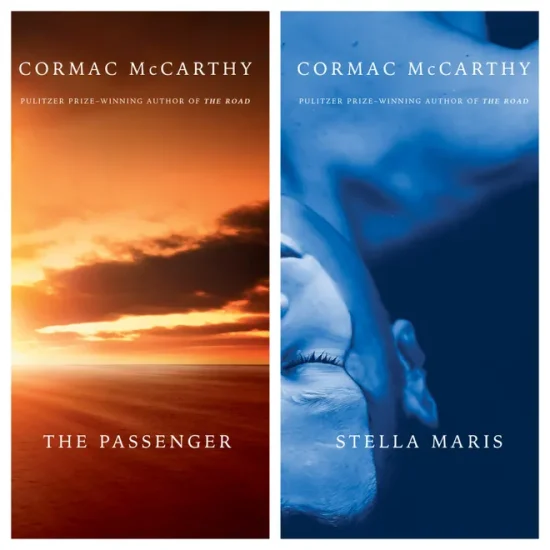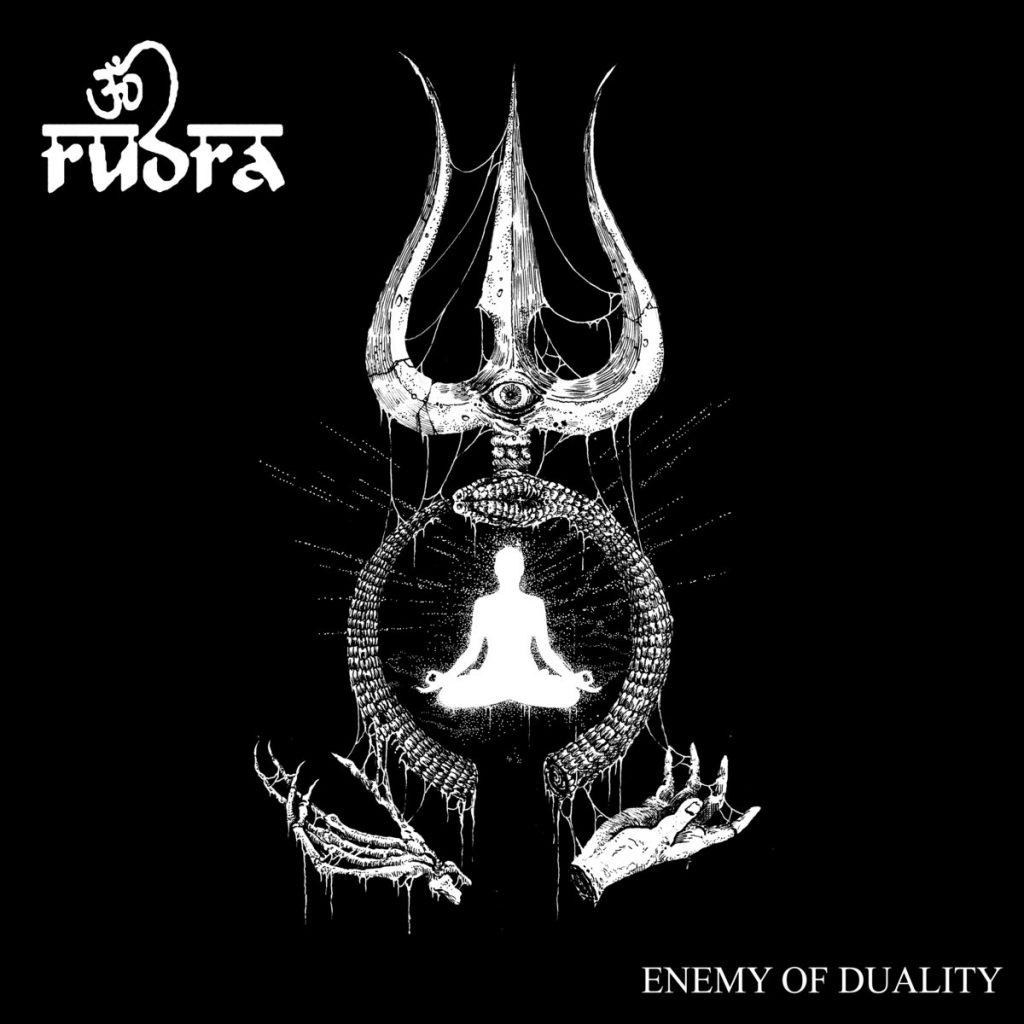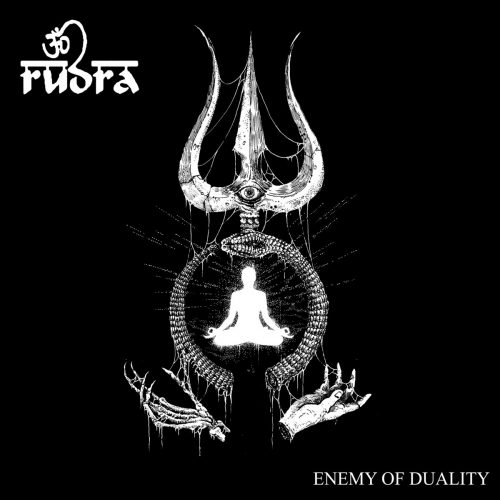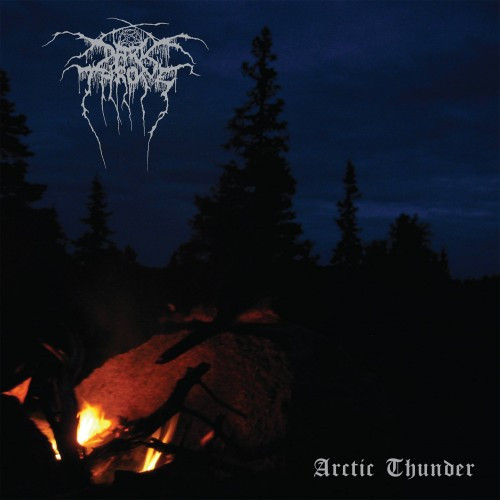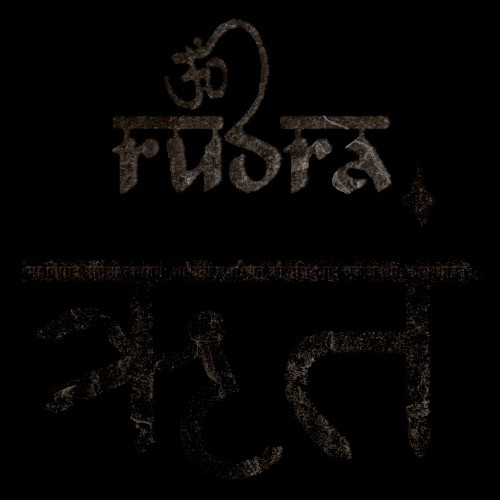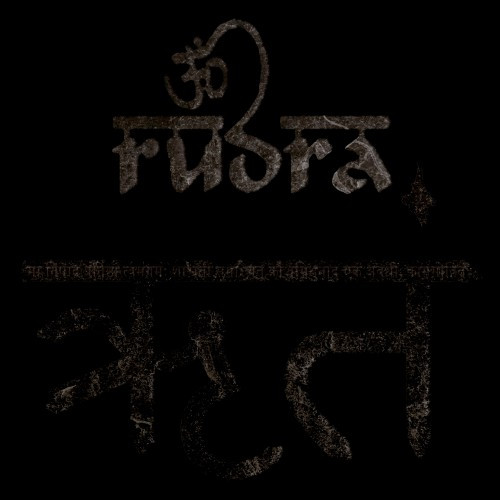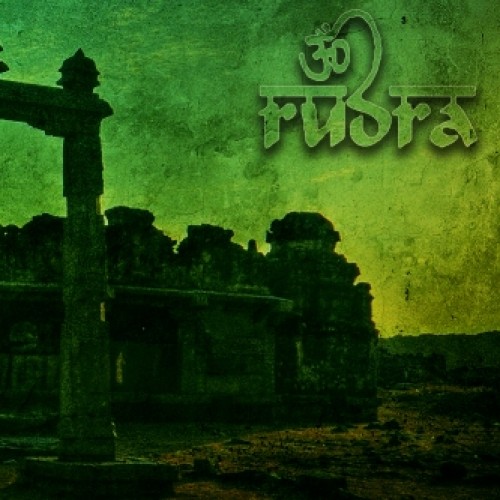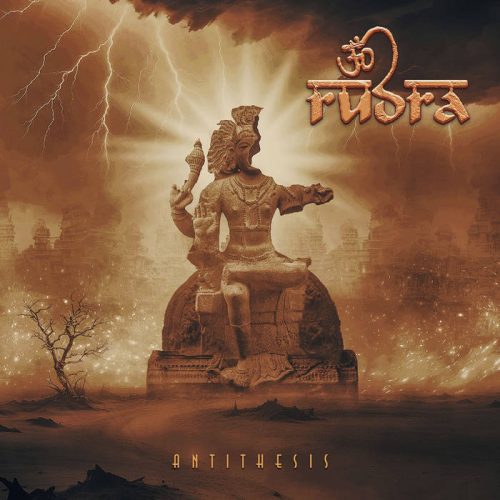
(Andy Synn meditates upon the new album from Rudra)
There’s been a lot of talk recently about the role of so-called “AI” is going to play in our lives going forwards, particularly in regards to algorithmically-generated “art”.
And while a lot of the discussion has – understandably and correctly – focussed on the fact that, by their very nature, these generative learning models are incapable of producing anything truly original (with equally valid questions remaining about just how much of what they’re fed on is plagiarised from actual, existing artists), I think a deeper, but no less salient, point tends to be overlooked.
After all, “originality” is not the sole arbiter of great art (we are all the sum of our influences, after all) and there’s a reason that entire movements – genres of music, schools of painting, styles of literature, etc – have taken shape over the years, as the purpose of these “forms” is to allow the artists to express themselves.
That, my friends, is what’s really missing from the debate… an acknowledgement that the purpose of art is not simply to create a “thing” but to communicate, to share something of the artist that can’t be expressed any other way, and that without that soul, that self, on the other end there’s nothing beneath it all. It’s inherently hollow.
And while Rudra‘s eleventh(!) album, Antithesis, certainly doesn’t attempt to break the mould or reinvent the wheel, there’s no doubt that they’ve poured their hearts and souls, and every ounce of their passion, into it.


